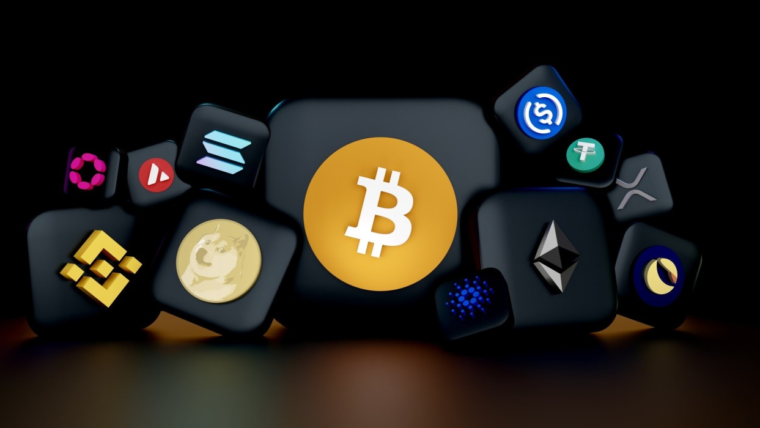GT Protocol (GTAI): A Deep Dive into Its Risk Profile
Investing in cryptocurrency can be exhilarating, but navigating the inherent risks requires a keen eye and thorough research. Today, we delve into GT Protocol (GTAI), analyzing its risk profile and exploring factors that might influence its future stability.

What is GT Protocol (GTAI)?
GT Protocol is a decentralized finance (DeFi) platform built on the Binance Smart Chain (BSC) that aims to bridge the gap between traditional finance and the crypto world. It offers a suite of products, including:
- Stablecoin lending and borrowing: Earn interest on your stablecoins or borrow them at competitive rates.
- Synthetic asset trading: Trade synthetic versions of real-world assets like stocks and commodities without owning the underlying asset.
- Prediction markets: Make predictions on the outcome of real-world events and win rewards if you’re correct.
GT Protocol’s Risk Analysis:
While InvestorsObserver currently rates GT Protocol as “low-risk,” it’s crucial to understand the various factors contributing to that assessment and potential risks not factored into their scoring system.
Low-Risk Indicators:
- Price stability: GT Protocol’s price hasn’t experienced significant fluctuations recently, suggesting lower volatility.
- Low trading volume: The relatively low trading volume indicates less buying or selling pressure, potentially contributing to price stability.
- Small market cap: Its small market cap means it would require less money to significantly impact the price, potentially making it less susceptible to manipulation.
Potential Risks:
- New and unproven: GT Protocol is a relatively new project with limited track record, increasing the uncertainty surrounding its future performance.
- Smart contract vulnerabilities: All DeFi projects are susceptible to smart contract exploits, which could lead to significant losses.
- Competition: The DeFi space is highly competitive, and GT Protocol faces established players with larger user bases and resources.
- Regulatory environment: Evolving regulations surrounding DeFi could impact its operations and viability.
Additional Considerations:
- Team and development: Research the team’s experience and track record in blockchain development.
- Community and adoption: A strong and engaged community is crucial for long-term success.
- Tokenomics and utility: Understand the token’s distribution, lock-up periods, and use cases within the protocol.
Remember:
- No investment is entirely risk-free, and cryptocurrency carries inherent volatility.
- Conduct thorough research and due diligence before investing in any cryptocurrency project.
- Diversify your portfolio to mitigate risk and consider your risk tolerance.
Conclusion:
GT Protocol’s low-risk rating suggests potential stability, but it’s paramount to be aware of the underlying risks and perform your own due diligence before making any investment decisions. By considering the factors mentioned above, you can make informed choices regarding your crypto investment journey.
SEO Optimization:
- Include relevant keywords throughout the article, such as “GT Protocol,” “GTAI,” “DeFi,” “risk analysis,” “cryptocurrency investment,” “Binance Smart Chain.”
- Optimize the title and meta description for search engines.
- Use internal linking to relevant articles on your website.
- Use alt text for images.
- Promote the article on social media and other channels.








Grass is the Data Layer of AI
Sample Post 2
All you need to know about SiaCoin $SC Airdrop
Beyond the “Low-Risk” Label: Understanding GT Protocol’s Investment Potential
Sample Post 2
Sample Post
SingularityNET: Bridging the Gap Between AI and Humanity
The Quest for the Best: Top Crypto Exchanges in Canada (2024 Edition)